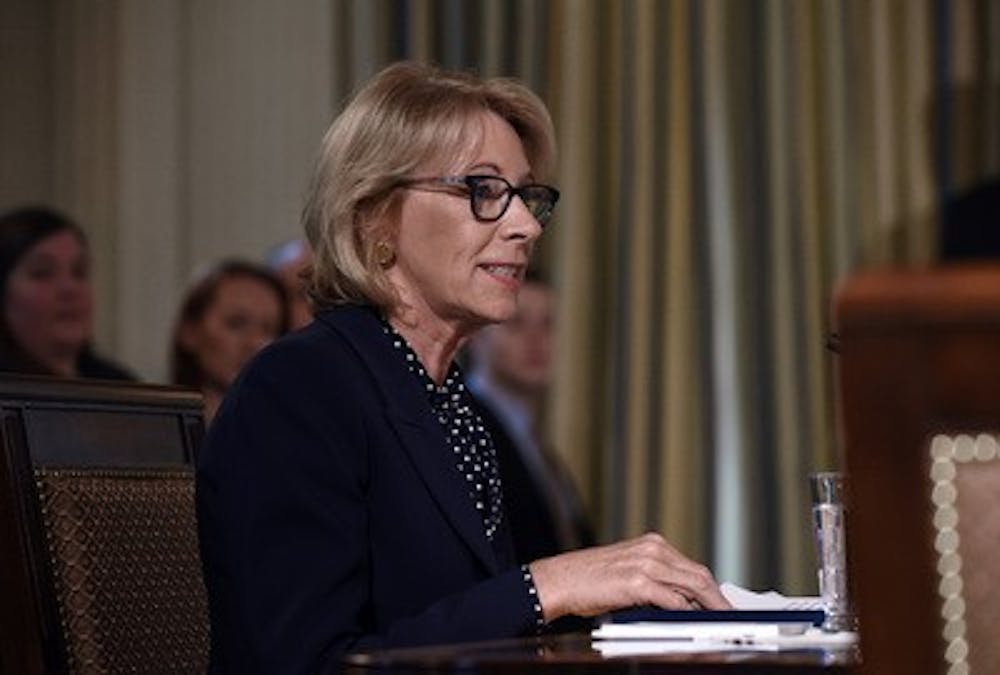The White House released a proposal in March that aims to reform the Higher Education Act. Included with this proposal is a proposed budget that could potentially affect certain student aid.
Within student aid policy, the proposal aims to do five main things: reform education to better support nontraditional students, expand the groups of people that Federal Pell Grants are available for, investigate the institutions in which these grants are being used, simplify the process of acquiring student aid and loans and reallocate money from the U.S. Department of Education.
The proposal would like to simplify the process of acquiring student aid and loans by extending loan forgiveness for all undergraduate students and by making the process of choosing a payment plan easy for students to understand.
In a press release earlier this month, U.S. Secretary of Education Betsy DeVos said the administration's focus is helping students adapt.
“Right now, there are 7.3 million unfilled jobs in the United States, yet too many Americans remain out of the workforce because they lack the skills necessary to seize these opportunities,” she said.
The proposal aims to allow people who did not receive higher education to become a part of the working class, stating that any skill set deserves a paying career.
All of these initiatives are an attempt to reform the Higher Education Act, which is overdue for an update.
“At the Institute for Higher Education Policy (IHEP), we agree that it is past time to reauthorize the Higher Education Act and ensure that it reflects the experiences of today’s students and supports them through graduation and beyond,” Julie Ajinkya, vice president of Applied Research at the Institute for Higher Education Policy, said in a statement.
Receiving student aid can be an overwhelming process, especially for students who are taking out loans to pay their way through school. For some, the multiple options and plans can be confusing and even misleading.



